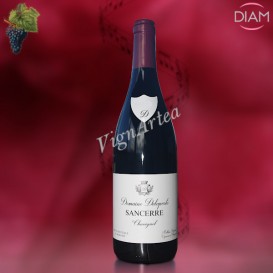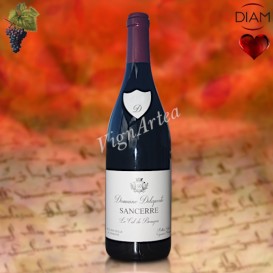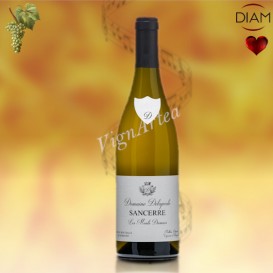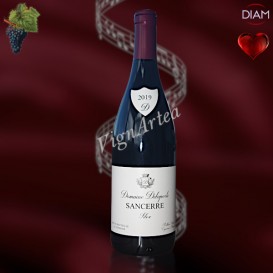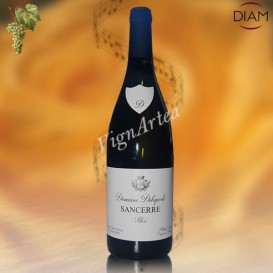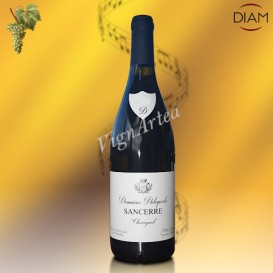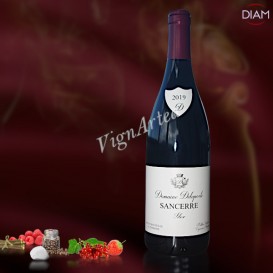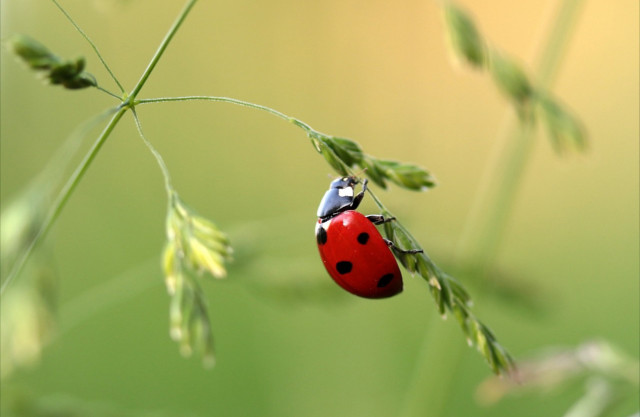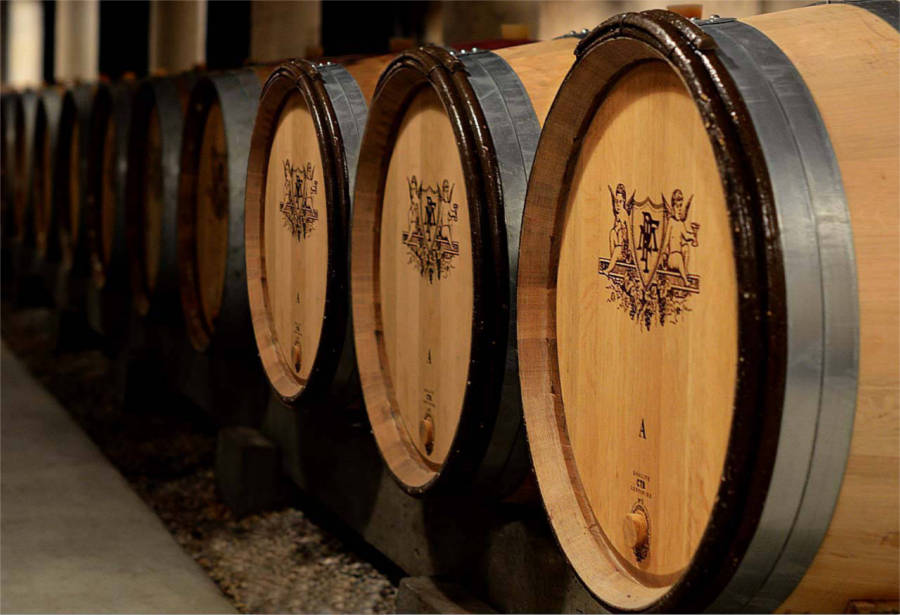Domaine DELAPORTE - Sancerre

LOIRE 33 ha ORGANIC FARMING WINEMAKER : Matthieu DELAPORTE
ESTATE HISTORY
If the village of Chavignol is famous for its goat cheese, it is also full of small vineyards whose wine quality is indisputable, like the DELAPORTE Family estate, winegrower from father to son for already more than 3 centuries.
The estate covers 33 hectares, part of which is located on the so-called Monts Damnés and Le Cul de Beaujeu localities, with a grape variety composed of 75% Sauvignon Blanc and the rest of Pinot Noir.
Matthieu DELAPORTE, last child in the family generation, has taken up the torch since 2010. He revolutionized the way to cultivate the parcels and make wine. Aware that the environment protection is essential today, he applies the organic farming concepts in the vineyard's management but "without fanaticism any".
The estate has also obtained the official Ecocert certification for 2023. From the 2023 vintage onwards, the AB logo will appear on wine bottles.
WINEGROWING & WINEMAKING
The vines are cultivated in compliance with the specifications of organic farming, whose vintages will be certified from 2023.
The yields are between 50 and 60 hl/ha for white wines, but it is only 30 hl/ha for red wines: the pinot noir indeed requires a rigorous grape sorting to obtain the purest and the most qualitative wine.
The harvests are done manually, and take place once the grapes are fully mature: they must be made quickly and require a lot of labour in a very short space of time.
The respect of an scrupulous hygiene in the cellars enable the winemaker to significantly reduce the sulphite doses used during the winemaking.
The wines are all matured in 228-liter barrels for the red wines, and 600-liter barrels and 2000-liter tunes for the white wines.
TERROIR
The Sancerre vineyards are crossed by two main north-south faults, the Sancerre fault and the Thauvenay fault. These bring together the Upper Jurassic strata (-154 to -135 My) to the west and the Cretaceous and Eocene formations to the east (-96 to -50 My).
The Chavignol terroir is made up of two distinct soils: the caillottes and grillottes that line the Chavignol valley (Oxfordian layers - Upper Jurassic) and the terres blanches located on the hillsides (Kimmeridgian layers - Upper Jurassic).
The variety of soil types, combined with the presence of numerous microclimates created by the relief, give rise to a wide range of wines:
- white wines from the terres blanches (Kimmeridgian soils) are full-bodied and opulent, sometimes with exotic aromas. These are great wines of good quality, often closed in their youth so they need to be waited for to reveal their full potential,
- wines from caillottes or grillottes (Oxfordian soils) are finer and fruitier, as the grapes ripen earlier on these soils, which warm up quickly. They offer a wide range of styles, from the roundest to the edgiest, and don't need to wait long in the cellar before drinking,
- Wines from siliceous soils are crisp and lively, with flinty aromas that are very pleasant when young.
-
RED CHAVIGNOL 2022 (Domaine DELAPORTE)
26,75 € In stock!LOIRE - AOP SANCERRE - RED WINE
Grape variety: Pinot Noir (100%)
Native yeasts DIAM10® cork stopper
Ageing in oak barrels for 8 to 12 months- Nose: fresh and fruity. Notes of red berries, redcurrant, morello cherry, with a hint of hawthorn blossom.
- Palate: fresh and round, fruity and delicate. Beautiful length.
- Tasting date : March 2023.
- OUR OPINION : attractive, fruity and fresh Sancerre. Very spring-like and thirst-quenching!
- Nose: fresh and fruity. Notes of red berries, redcurrant, morello cherry, with a hint of hawthorn blossom.
-
LE CUL DE BEAUJEU 2022 (Domaine DELAPORTE)
34,75 € In stock!LOIRE - AOP SANCERRE - RED WINE
Grape variety: Pinot Noir (100%)
Native yeasts DIAM10® cork stopper
Ageing in 228-liter oak barrels for 12 months- Nose: elegant and finely chiseled. Delicious aromas of red berries and gingerbread.
- Palate: fluid and round body. Delicate touch on the palate.
- Tasting date: March 2024.
- OUR OPINION: a vintage of great finesse, delicate and silky. Light and fresh, we love it!
- Nose: elegant and finely chiseled. Delicious aromas of red berries and gingerbread.
-
MONTS DAMNÉS 2022 (Domaine DELAPORTE)
34,75 € In stock!LOIRE - AOP SANCERRE - DRY WHITE WINE
Grape variety: Sauvignon (100%)
Native yeasts DIAM10® Cork stopper
Lees ageing in 600-liter oak barrels for 12 monthsFine - Racy - Elegant - Fresh
- Nose: distinguished and precise, chiseled. Fresh notes of freshly squeezed citrus fruit, with a hint of minerality and anise.
- Palate: supple attack, salivating juice, tonic and well-balanced. Some minerality on the palate.
- Tasting date: March 2024.
- OUR OPINION: superb Monts Damnés, racy and elegant, fresh and salivating, which should develop fine tertiary aromas with time.
- Nose: distinguished and precise, chiseled. Fresh notes of freshly squeezed citrus fruit, with a hint of minerality and anise.
-
RED SILEX 2022 (Domaine DELAPORTE)
28,75 € In stock!LOIRE - AOP SANCERRE - RED WINE
Grape variety: Pinot Noir (100%)
Native yeasts DIAM10® cork stopper
Ageing in 228-liters oak barrels for 12 months- Nose : expressive and juicy. Real squeezed blood orange juice blended with red berry aromas.
- Palate : fresh, juicy and fruity.
- Tasting date: March 2024.
- OUR OPINION: superb! The blood orange aromas make this cuvée inimitable! In a few years, the wine will develop tertiary aromas of ripe black fruits and spices, as did the 2019 vintage. A real favorite!
- Nose : expressive and juicy. Real squeezed blood orange juice blended with red berry aromas.
-
WHITE SILEX 2022 (Domaine DELAPORTE)
28,75 € OUT OF STOCK!OUT OF STOCK!LOIRE - AOP SANCERRE - DRY WHITE WINE
Grape variety: Sauvignon (100%)
Native yeasts DIAM10® Cork stopper
Lees ageing in tunes for 8 to 12 monthsDiscreet - Delicate
- Nose: slightly closed. Notes of pink grapefruit with a hint of cream and red tomato.
- Palate: supple and salivating.
- Tasting date: March 2024.
- OUR OPINION: the wine was a little closed on tasting, but more open the next day. You'll have to wait and see, as it seems to have a great ageing potential. In the meantime, don't hesitate to decant it for an hour.
- Nose: slightly closed. Notes of pink grapefruit with a hint of cream and red tomato.
-
WHITE CHAVIGNOL 2022 (Domaine DELAPORTE)
26,75 € In stock!LOIRE - AOP SANCERRE - DRY WHITE WINE
Grape variety: Sauvignon (100%)
Native yeasts DIAM10® Cork stopper
Lees ageing in stainless steel tanks and oak barrels (10%) for 6 months- Nose: elegant and expressive. Notes of white flowers, white stone fruit with a hint of lychee.
- Palate: supple attack, full and juicy. Long aromatic persistence.
- Tasting date: March 2024.
- OUR OPINION: a lovely, expressive, and gourmet Chavignol!
- Nose: elegant and expressive. Notes of white flowers, white stone fruit with a hint of lychee.
-
RED SILEX 2019 (Domaine DELAPORTE)
23,99 € In stock!LOIRE - AOP SANCERRE - RED WINE
Grape variety: Pinot Noir (100%)
Native yeasts DIAM5® cork stopper
Ageing in 228-liters oak barrels for 12 months- Nose : smoky, evoking a limestone rock. Aromas of red fruits highlighted by peppery notes.
- Palate : supple juice, delicate and fluid, nicely fruity with a finish on raspberry and liquorice.
- Tasting date: November 2020
- OUR OPINION: elegant and distinguished.
- Nose : smoky, evoking a limestone rock. Aromas of red fruits highlighted by peppery notes.

